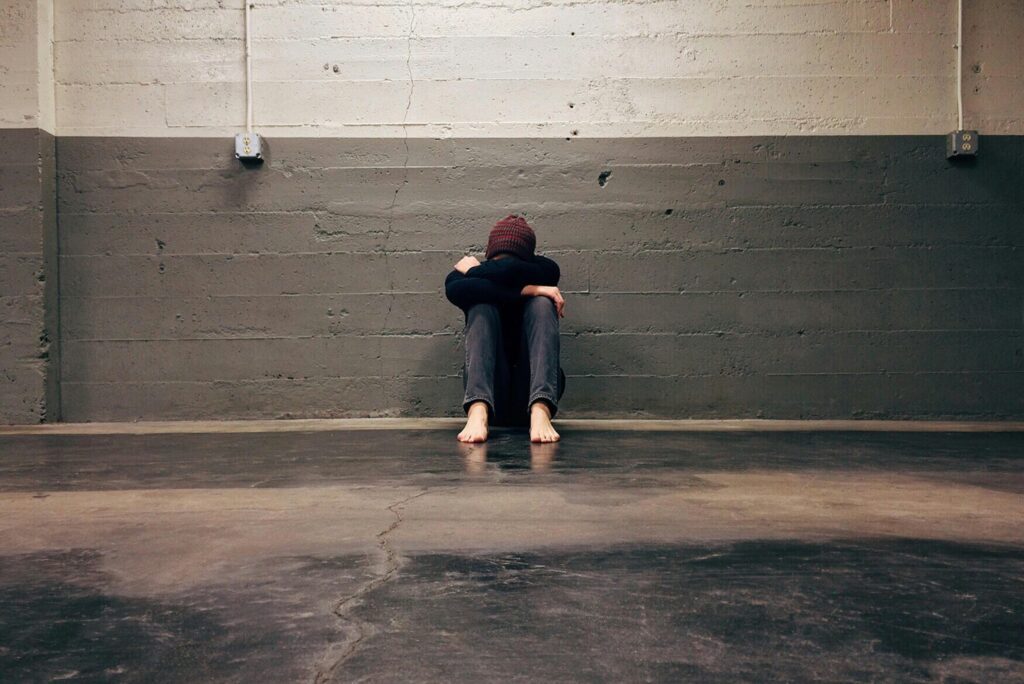Understanding the symptoms of anxiety disorders is crucial for early identification and management. Anxiety disorders can manifest in various ways, and recognizing the signs can help individuals seek appropriate treatment and support.
What are the common symptoms of anxiety disorders?

Physical symptoms
Anxiety disorders often present with physical symptoms that can be distressing. These may include:
- Increased heart rate: A feeling of your heart racing or pounding.
- Sweating: Excessive sweating, even in non-stressful situations.
- Trembling or shaking: Involuntary shaking or trembling of the body.
- Shortness of breath: Difficulty breathing or a feeling of being unable to get enough air.
- Chest pain: Discomfort or pain in the chest area.
- Dizziness or lightheadedness: Feeling faint or unsteady.
- Nausea: A feeling of sickness or upset stomach.
Psychological symptoms
Anxiety disorders also have psychological symptoms that can significantly impact daily life. These may include:
- Excessive worry: Persistent and uncontrollable worry about various aspects of life.
- Restlessness: Feeling on edge or unable to relax.
- Fatigue: Constant tiredness despite adequate rest.
- Difficulty concentrating: Trouble focusing on tasks or remembering things.
- Irritability: Increased irritability or agitation.
Types of anxiety disorders and their specific symptoms
Generalized anxiety disorder (GAD)
GAD is characterized by excessive worry about everyday situations. Symptoms may include:
- Persistent worry about a variety of topics.
- Difficulty controlling the worry.
- Restlessness or feeling keyed up.
- Easily fatigued.
- Difficulty concentrating or mind going blank.
Panic disorder
Panic disorder involves recurrent, unexpected panic attacks. Symptoms may include:
- Sudden and intense episodes of fear.
- Heart palpitations.
- Sweating.
- Trembling or shaking.
- Shortness of breath or a feeling of choking.
- Chest pain or discomfort.
Social anxiety disorder
Social anxiety disorder involves intense fear of social situations. Symptoms may include:
- Fear of being judged or embarrassed in social settings.
- Avoidance of social interactions.
- Physical symptoms like sweating, trembling, and nausea in social situations.
How are anxiety disorders diagnosed?
Diagnosing anxiety disorders typically involves a thorough evaluation by a healthcare professional. This may include:
- Medical history: A detailed discussion of your symptoms and medical history.
- Physical examination: To rule out any underlying medical conditions.
- Psychological assessment: Questionnaires or interviews to assess the severity of anxiety symptoms.
What are the treatment options for anxiety disorders?
Therapy
Various types of therapy can help manage anxiety disorders, including:
- Cognitive-behavioral therapy (CBT): Focuses on changing negative thought patterns and behaviors.
- Exposure therapy: Gradual exposure to anxiety-provoking situations to reduce fear.
- Mindfulness-based therapy: Techniques to promote relaxation and stress reduction.
Medication
Medications may also be prescribed to help manage anxiety symptoms, including:
- Antidepressants: Such as selective serotonin reuptake inhibitors (SSRIs).
- Benzodiazepines: For short-term relief of severe anxiety symptoms.
- Beta-blockers: To manage physical symptoms like rapid heartbeat.
How can lifestyle changes help manage anxiety disorders?
Making certain lifestyle changes can also support anxiety management, such as:
- Regular exercise: Physical activity can reduce anxiety and improve mood.
- Healthy diet: A balanced diet can support overall well-being.
- Adequate sleep: Ensuring sufficient rest can help reduce anxiety symptoms.
- Stress management: Techniques like meditation, yoga, or deep breathing can promote relaxation.




